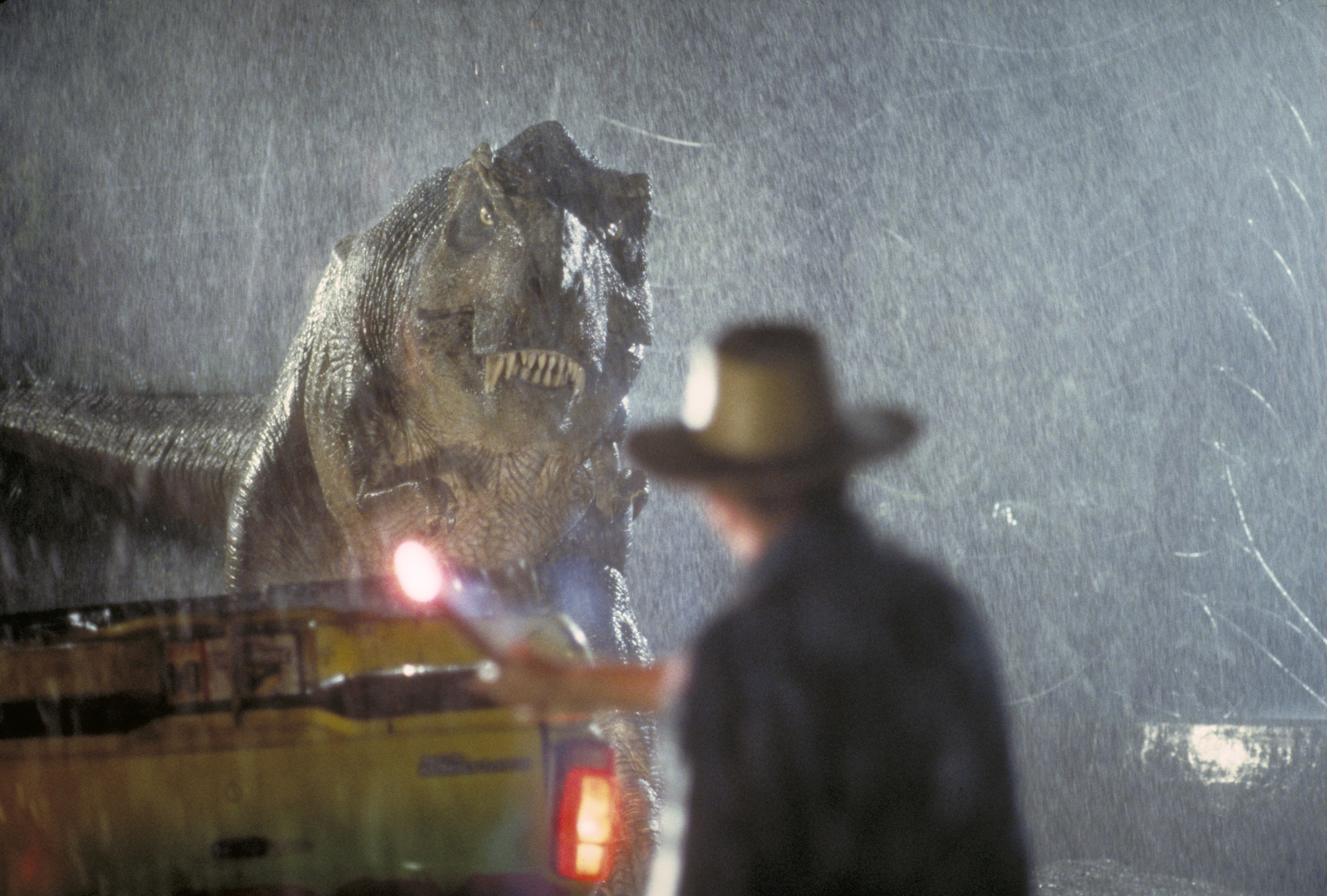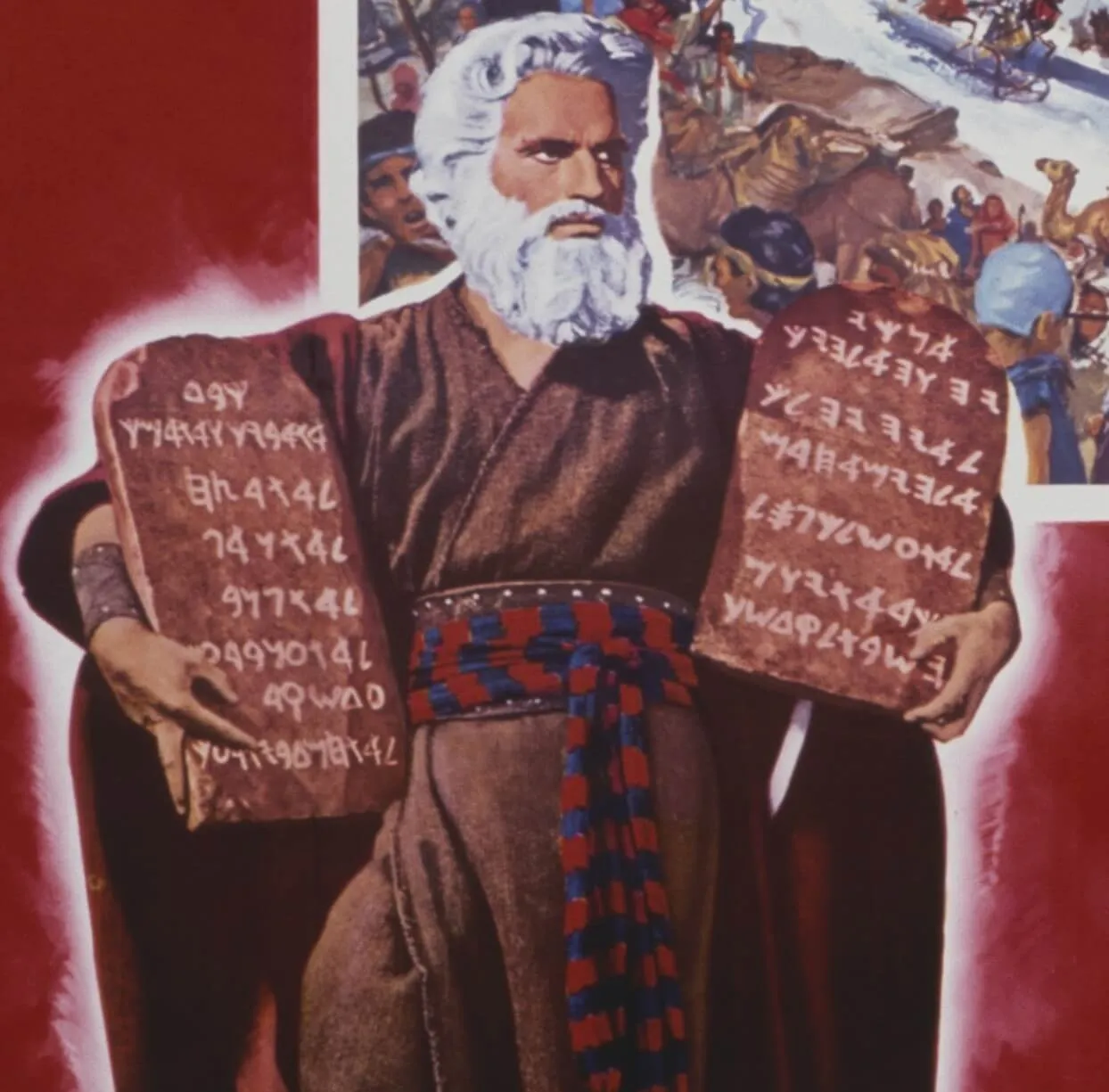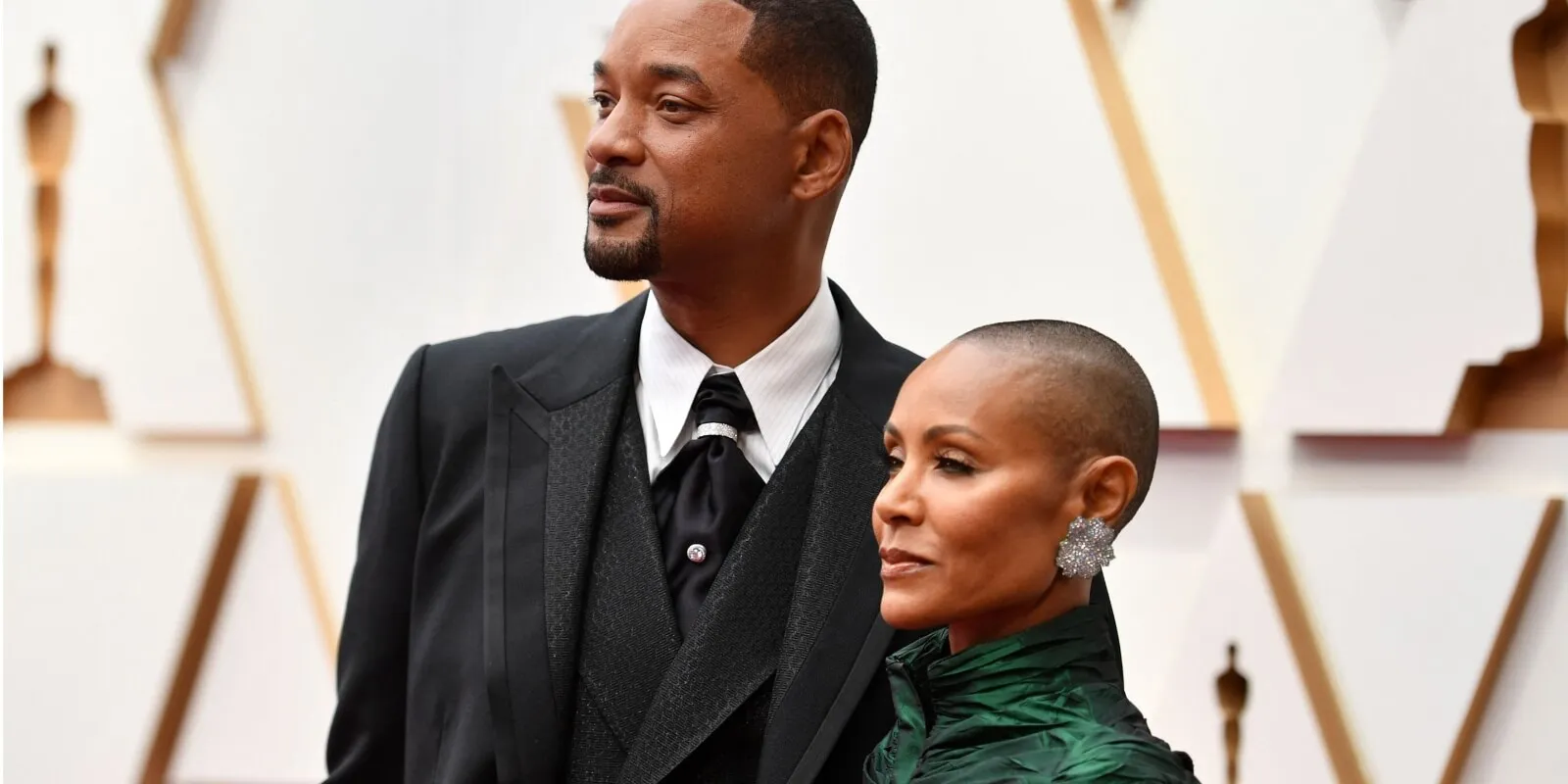‘Jurassic Park’ Has Less Than 5 Minutes of CGI Dinosaurs
One would be hard-pressed to find a movie as universally beloved as Jurassic Park. Despite coming out nearly thirty years ago, the film is viewed as a marquee moment in cinema’s history thanks to its pioneering special effects, which blended seamlessly with the practical ones. However, what people might be surprised to hear about is that while the movie is as revolutionary as advertised, Spielberg and company only devoted four minutes of screen time to computer-generated monsters.

Jurassic Park’s legacy
When people think about the most important movies in modern cinema, they either go to Jurassic Park or Terminator 2: Judgment Day. While both have a special place in people’s hearts, the formers’ are an especially resonant example of how less is more when it comes to CGI. From massive island landscapes to creatures that have long been extinct, one might assume that CGI was rampant with every chase scene, raptor attack, and shot of Isla Nublar.
At the time, Spielberg had already changed blockbuster movies forever with Jaws, ET, and Indiana Jones, but he hadn’t tried something as ambitious and grand in scope as Jurassic Park. Spielberg didn’t want the dinosaurs to look like fictional creations. He wanted them to look like living, breathing creatures. Twenty-eight years after its release and it’s still viewed as the magnum opus of modern effects.
Working with Stan Winston’s legendary effects studio, Spielberg took the practical effects he used for Jaws and brought them to the 1990s. With a limitless budget and all-star cast, Jurassic Park remains an essential part of movie history not only for its success but in the way it laid down the groundwork that can now be felt in famous films from Marvel movies to Star Wars.
Welcome to Jurassic Park
Special effects artist Spaz Williams sat down with Business Insider to discuss the process of getting special effects from the idea stage to the product seen on-screen. It all starts with a drawn design. Williams compares this to hand-drawn animations. They design a character on power, then render it both digitally and in real life. After working out the kinks, they rig the dinosaurs for movement. The good part about this stage is that it can be recycled for future use, as Williams told the website.
“[There was] the first shot I animated for the movie after I built all of the T. rex data,” said Williams. “It took me months to get this run right, but once done, we reused the run data for the rest of the jeep-chase shots and ultimately for the following two Jurassic Park movies.”
After the movement is worked out, the skin and fine details are added to finish things off. Then, after putting against the movie’s backdrop, they make sure everything is in tip-top shape. From there, it’s a slow process of rendering each frame to the precise details they desire.
“It pretty much took 10 hours to calculate one frame. You have to remember the film is 24 frames per second. So it would sit there and crunch all night,” Williams said.
This might explain why the film has such a lasting legacy. Everything within it is a fine-tuned machine. In 1993, all this computer work accounted for just four minutes, but the masterful way Spielberg incorporates them still makes these shots hard to spot to this day.
The lasting legacy
Jurassic Park remains a successful franchise to this day. In its second trilogy, the series is looking to go back to its roots with Jurassic Park. Joining Chris Pratt and Bryce Dallas Howard, Jurassic World: Dominion hopes to recapture the first magic by bringing back Jeff Goldblum, Laura Dern, Sam Neill, and several other members of the original cast. When it opens in 2022, audiences will get yet another chapter in the franchise that changed filmmaking forever.


